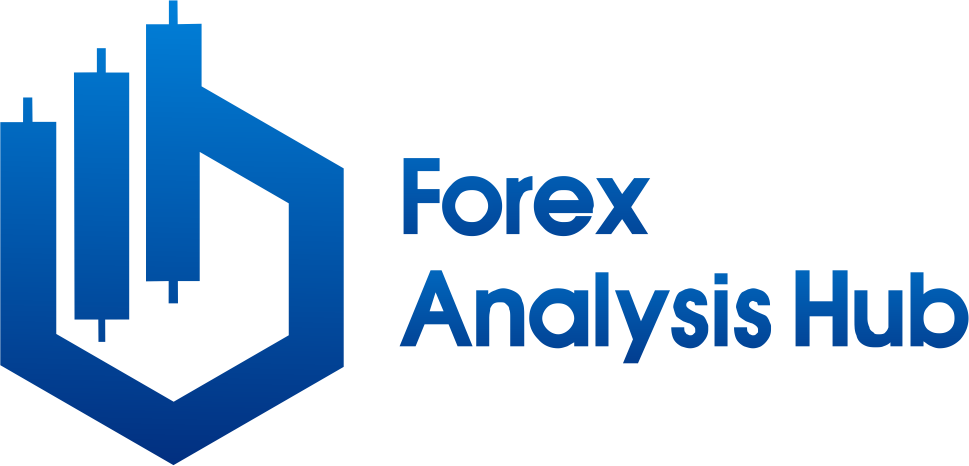
Grasping the Basics of Forex Trading
Key Takeaways
- Forex trading is the process of buying and selling currencies in a volatile market.
- Key economic indicators influence currency values and trading strategies.
- Understanding market dynamics and technical analysis is essential for success.
- Risk management practices are crucial in navigating the forex market.
- Continuous learning and adaptation are necessary for effective trading.
Table of contents
- What is Forex Trading?
- Importance of Forex Trading
- Essentials of Forex Trading
- Examining Key Economic Indicators in Forex Markets
- Evaluating Economic Performance through Key Indicators
- Analyzing Economic Indicators for Forex Trading
- Mastering Forex Trading with Key Economic Indicators
- Frequently Asked Questions
What is Forex Trading?
Forex trading involves the simultaneous buying and selling of two currencies in a market known for its high liquidity and volatility. Participants in the forex market—central banks, financial institutions, multinational corporations, and individual traders—seek to profit from changes in the relative values of the currencies.
Importance of Forex Trading
Forex trading offers opportunities for profit, but it also presents significant risks. The forex market is influenced by numerous factors—economic indicators, geopolitical events, shifts in market sentiment—that can lead to sudden and drastic shifts in exchange rates. Traders have to constantly stay updated, understand these influences, and adjust their strategies accordingly to manage risk and maximize returns.
Essentials of Forex Trading
Forex trading essentials include a sound understanding of key economic indicators and how they impact currency values. It also requires an understanding of technical analysis—examining historical price trends and other data to forecast future movements—and devising a trading strategy based around these factors. Traders also need to be familiar with the dynamics of the forex market, understand the risks involved, and be prepared for volatility. [source]
Examining Key Economic Indicators in Forex Markets
Why Economic Indicators Matter in Forex Markets
Economic indicators provide important insights into an economy’s current performance and future direction. They offer valuable information about an economy’s growth, inflation, interest rates, and other factors that impact currency values. Forex traders closely monitor these indicators to make informed decisions about when to buy and sell currencies based on expected shifts in relative currency values.
Major Economic Indicators in Forex Trading
The major economic indicators in forex trading include:
- Gross Domestic Product (GDP)
- Unemployment rates
- Inflation data
- Interest rates set by central banks
- Producer price index
- Retail sales data
- Consumer confidence index
- Balance of trade
Evaluating Economic Performance through Key Indicators
Gross Domestic Product (GDP)
The GDP is a broad measure of an economy’s overall performance. It is computed by summing the market value of all finished goods and services produced within a country in a given period. [source]
Unemployment Rate
The unemployment rate is another critical economic metric. It indicates the percentage of the workforce that is jobless and actively seeking employment.
Inflation Data
Inflation data measure the rate at which the general level of prices for goods and services is rising, eroding purchasing power. [source]
Interest Rates
Interest rates, set by a country’s central bank, influence the cost of borrowing money and are used to manage inflation and stimulate economic growth. As they directly affect investor returns, interest rates significantly impact currency values.
Trade Balance
The trade balance—a country’s exports minus its imports—reflects an economy’s competitiveness, demand for its goods, and therefore its currency’s probable direction.
Analyzing Economic Indicators for Forex Trading
Understanding the Impact of Economic Indicators
Each economic indicator impacts currency values differently, and their implications can be complex. For instance, an increase in GDP typically signals economic growth and increased demand for the country’s currency, strengthening its value. On the other hand, a high unemployment rate can indicate economic weakness, leading to potential currency depreciation. [source]
Leveraging Economic Indicators in Forex Trading
Traders can use economic indicators to identify potential trading opportunities. For example, rising inflation may signal an interest rate increase by the central bank, which could strengthen the currency. Traders might then take a long position in the currency.
Mastering Forex Trading with Key Economic Indicators
Creating Robust Forex Trading Strategies
Understanding and tracking key economic indicators are foundational for creating successful forex trading strategies. Traders may use predictive analysis based on economic indicators, alongside technical analysis, to anticipate market trends and spot trading opportunities.
Managing Risks in Forex Trading
Forex markets can be highly volatile, reacting quickly and sharply to changes in economic indicators. Implementing good risk management practices, such as setting stop-loss orders and trading only with capital one can afford to lose, can protect traders from substantial losses.
Constant Learning and Adaptation
Successful forex trading requires continuous learning and adaptation. Traders need to stay abreast of the latest economic data, market news, and trends. By doing so, they gain the knowledge necessary to interpret the potential impact on currency values and make informed trading decisions accordingly. [source]
Frequently Asked Questions
What is the forex market?
The forex market is the global marketplace for trading national currencies against one another.
What are pips in Forex?
A pip is a unit of measurement for currency movement, representing the smallest price change that a given exchange rate can make.
How do economic indicators affect forex prices?
Economic indicators provide insights that can influence investor expectations about currency strength or weakness, thereby impacting forex prices.










